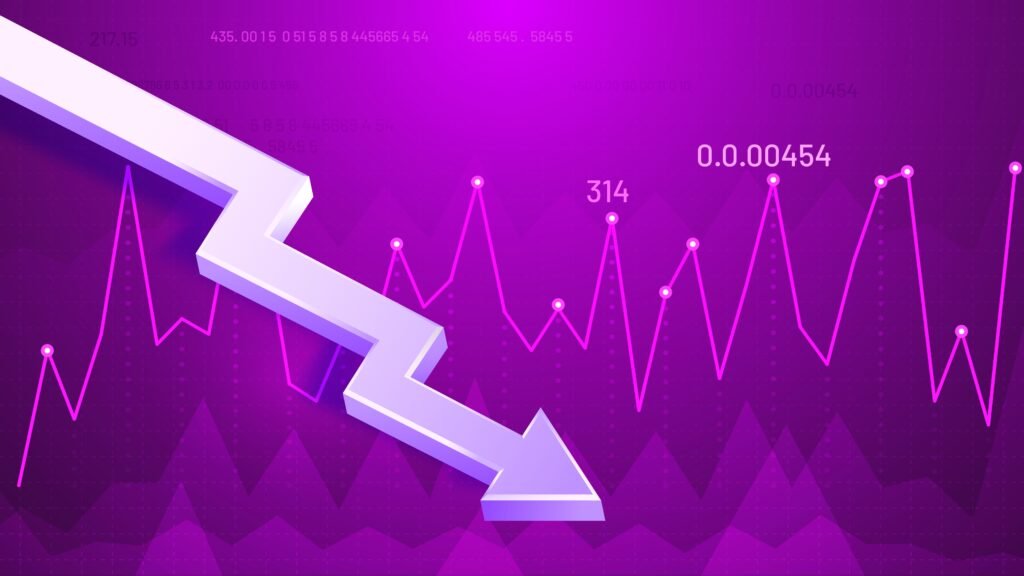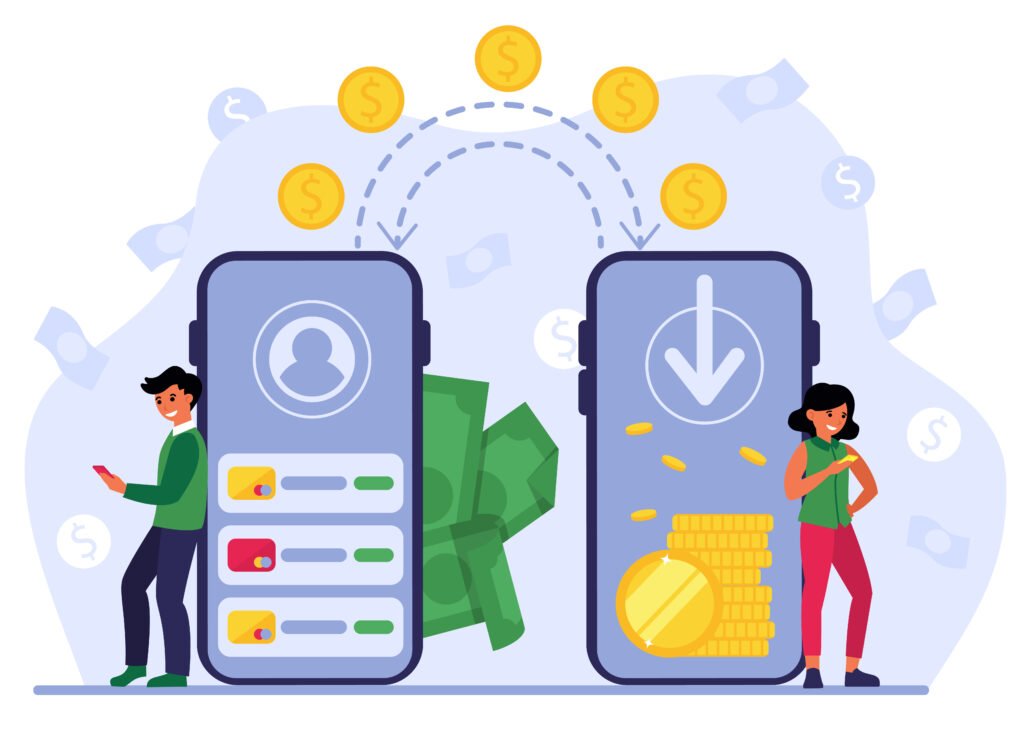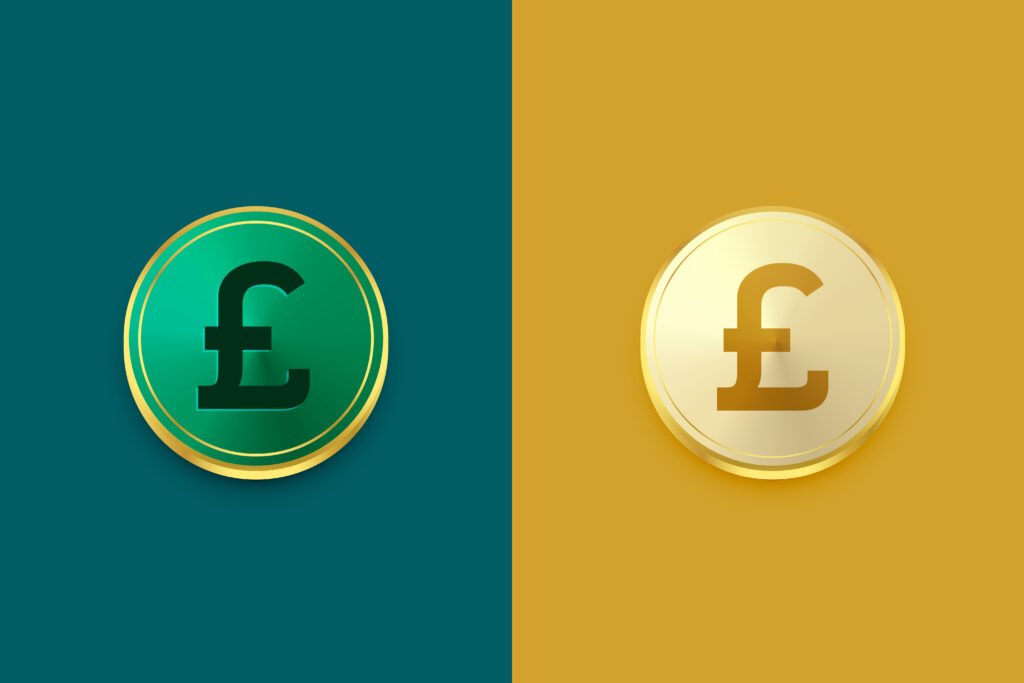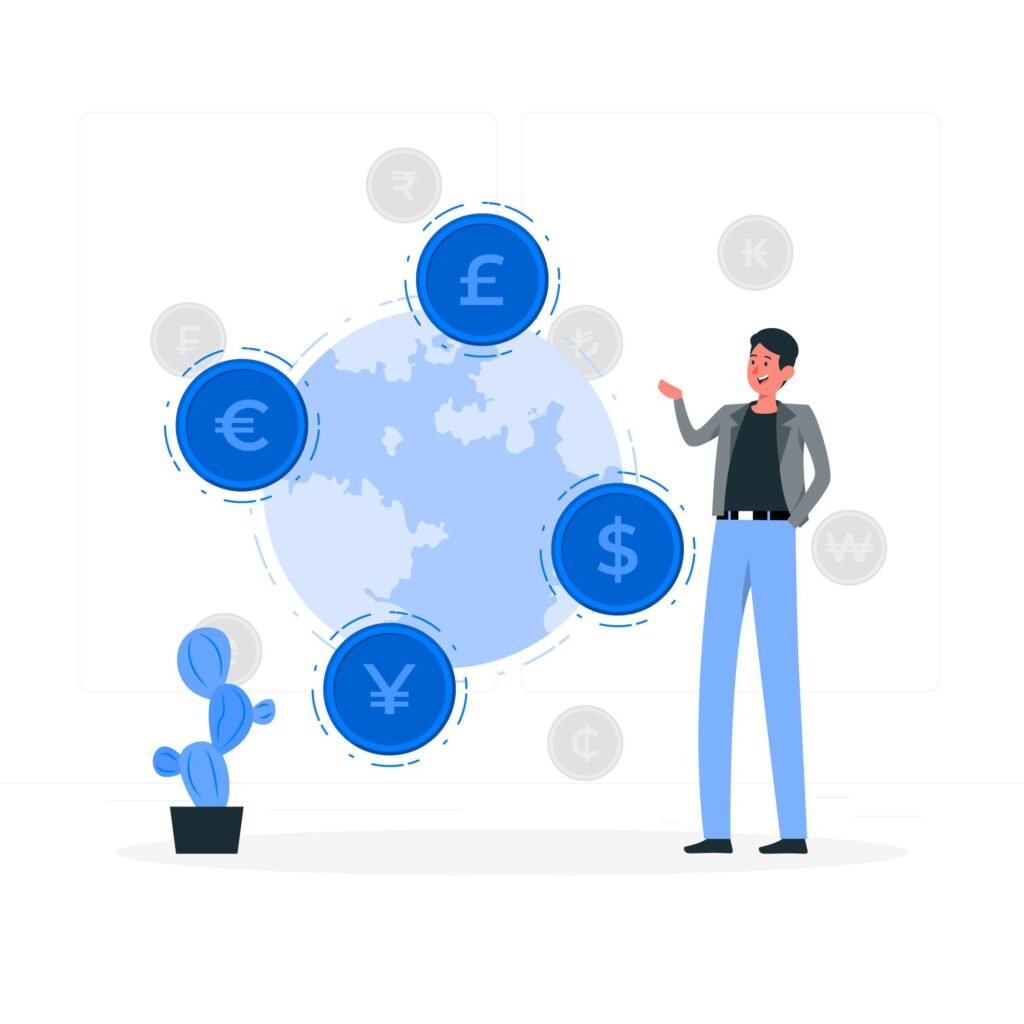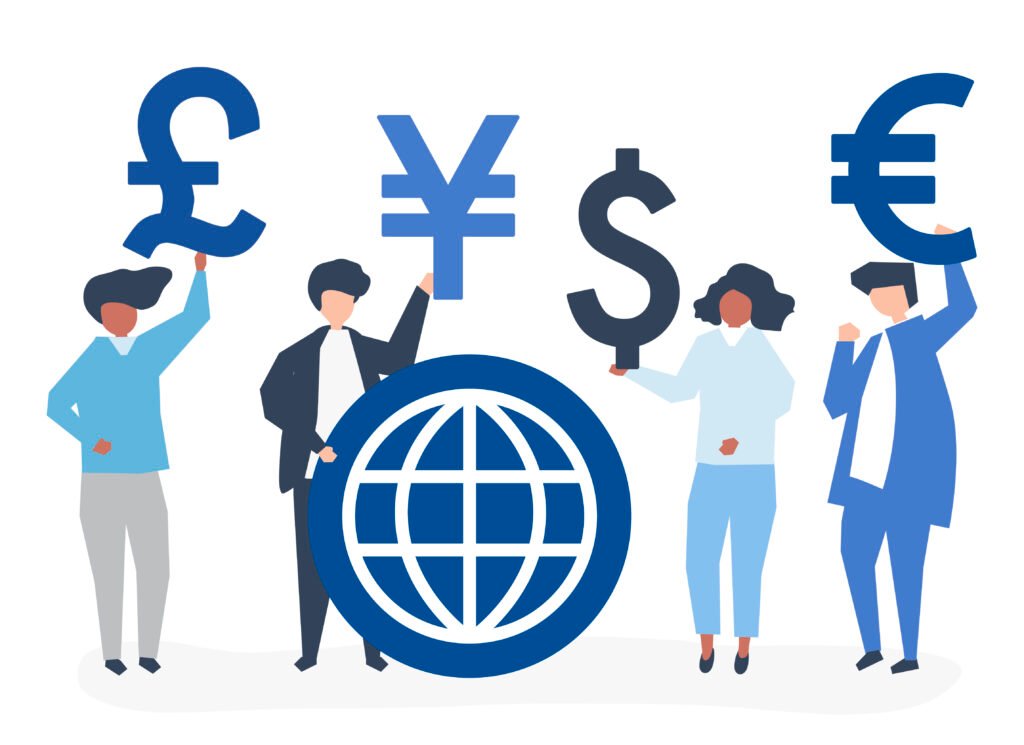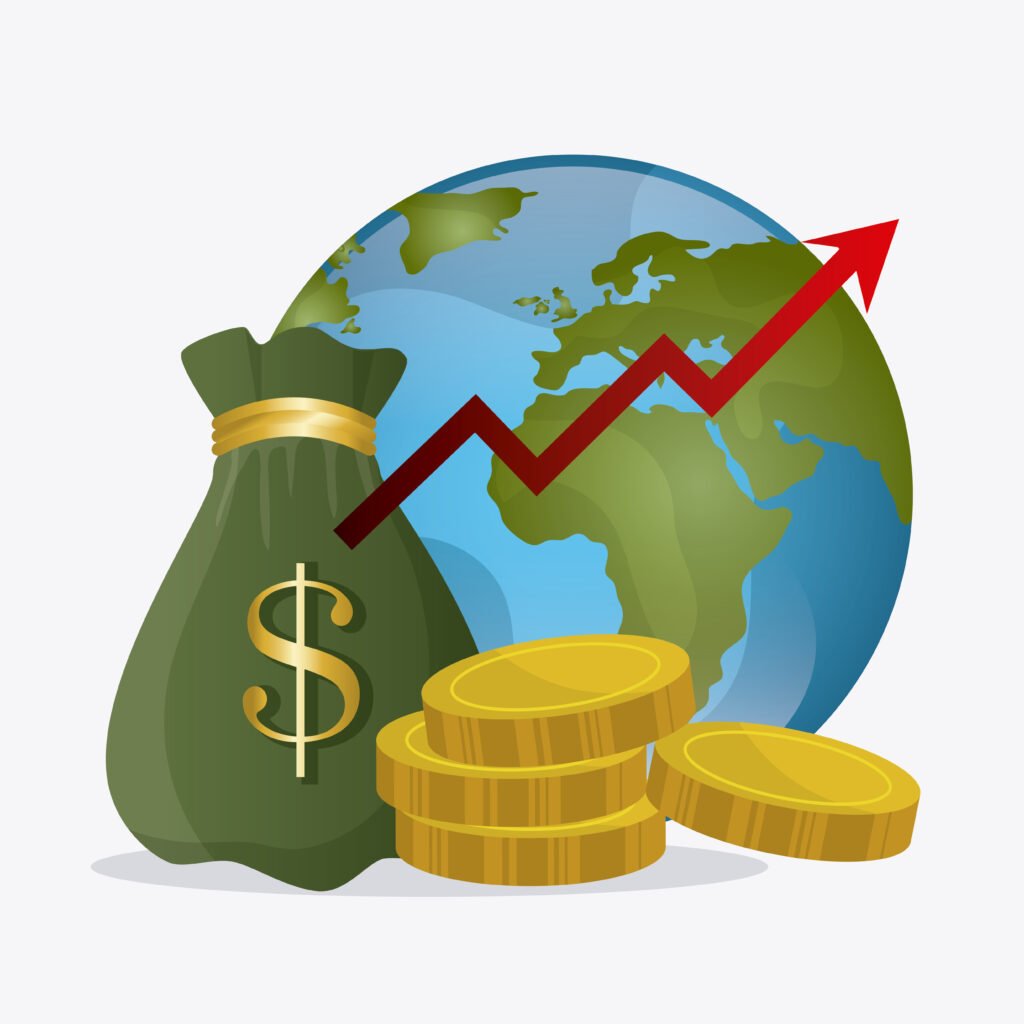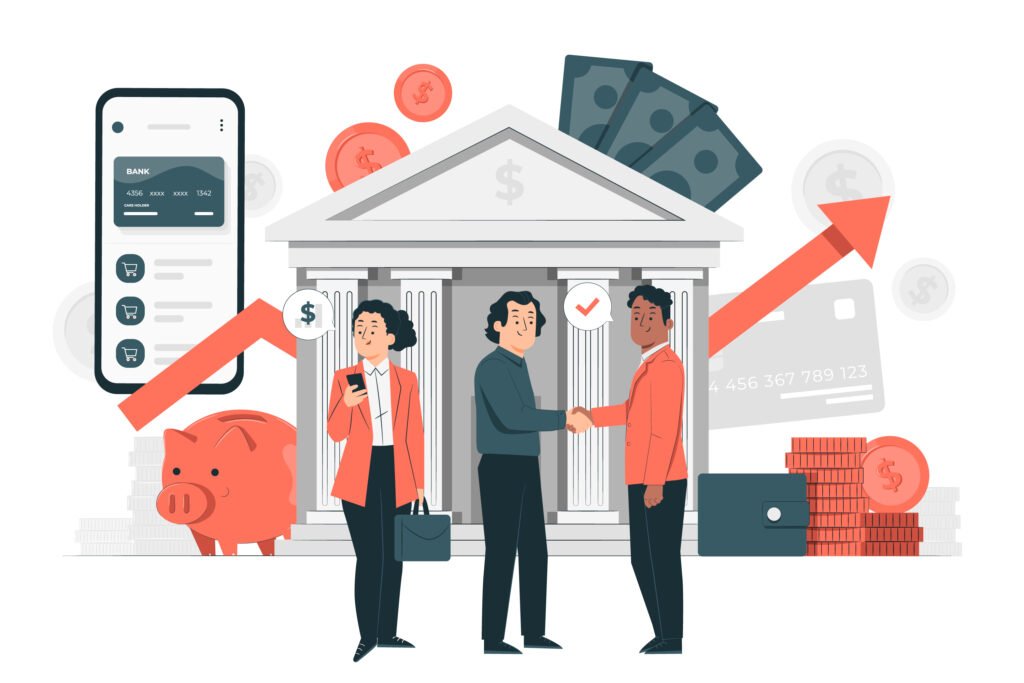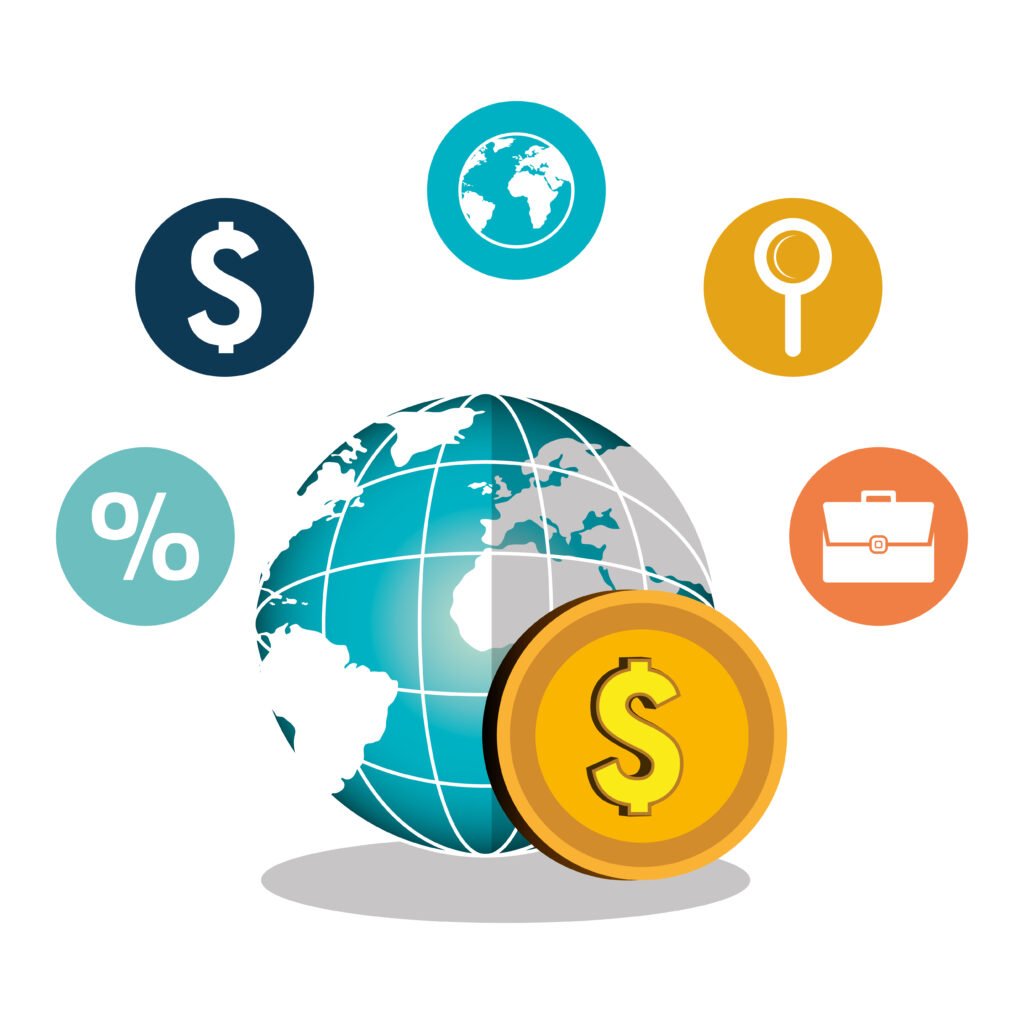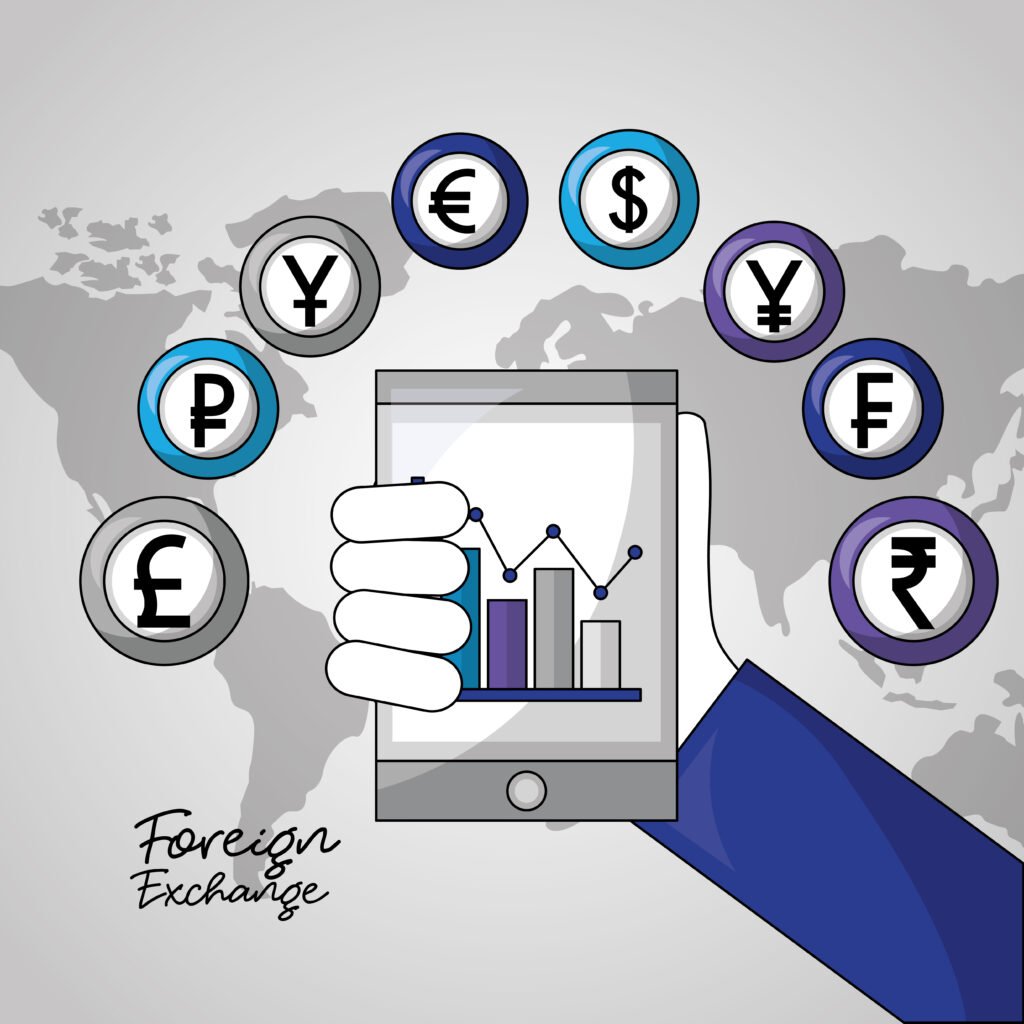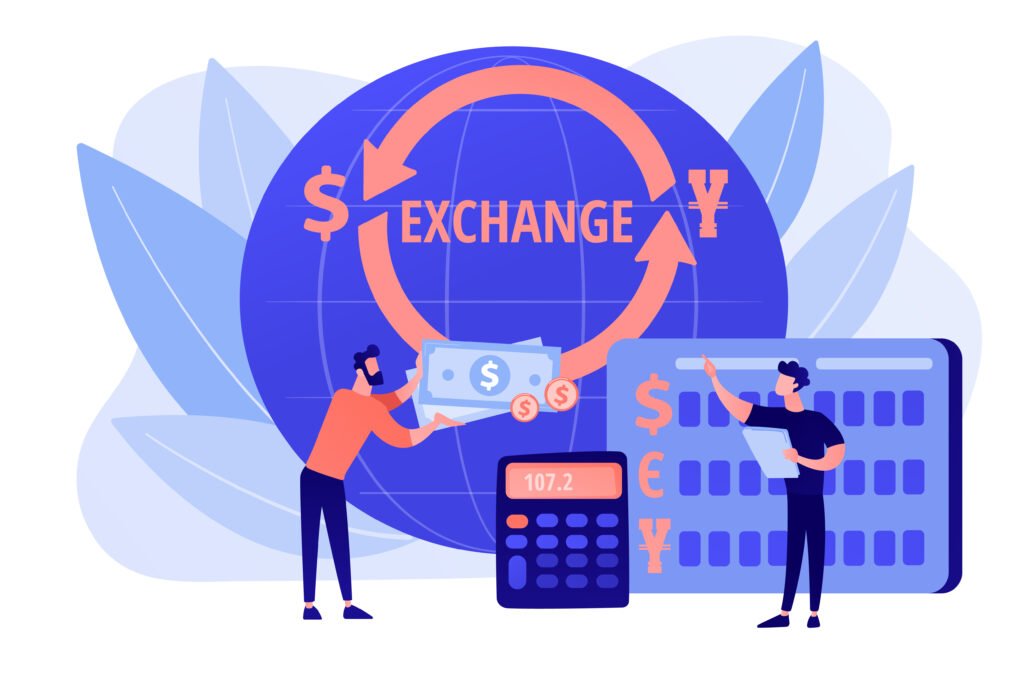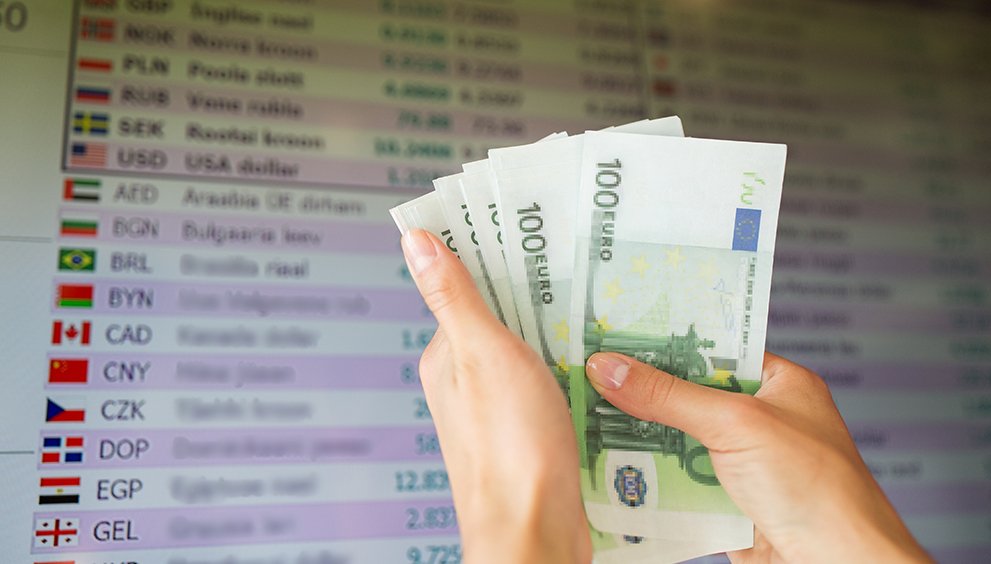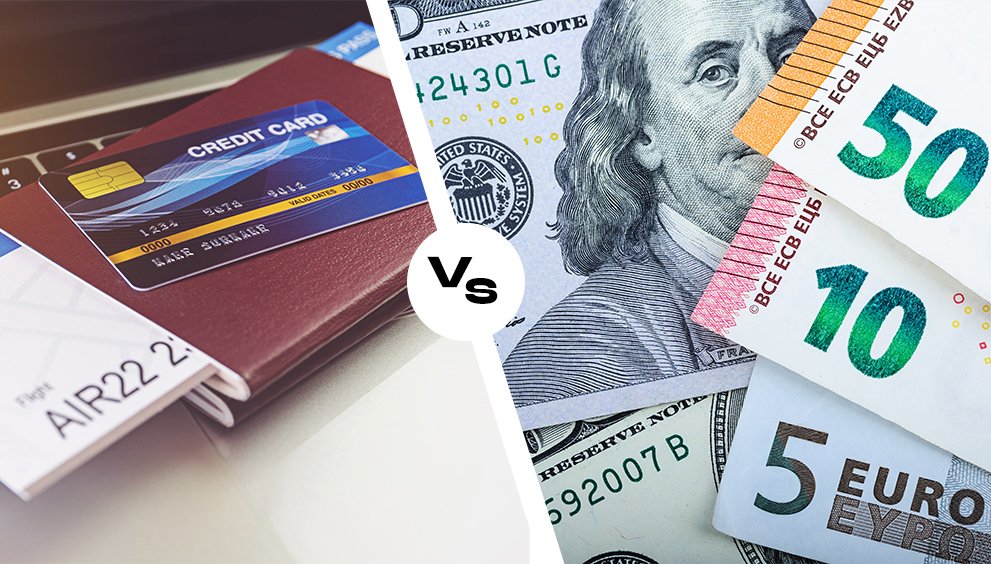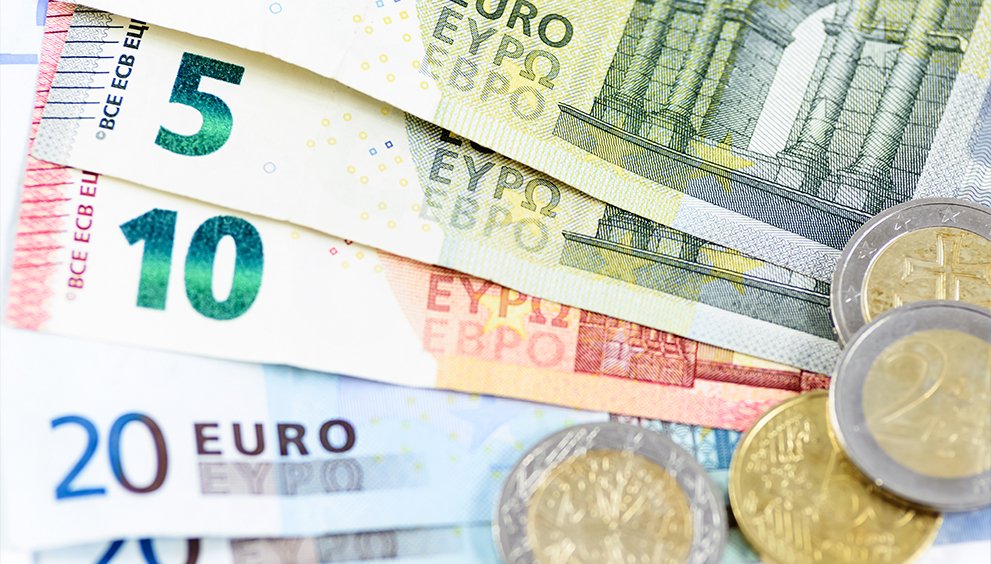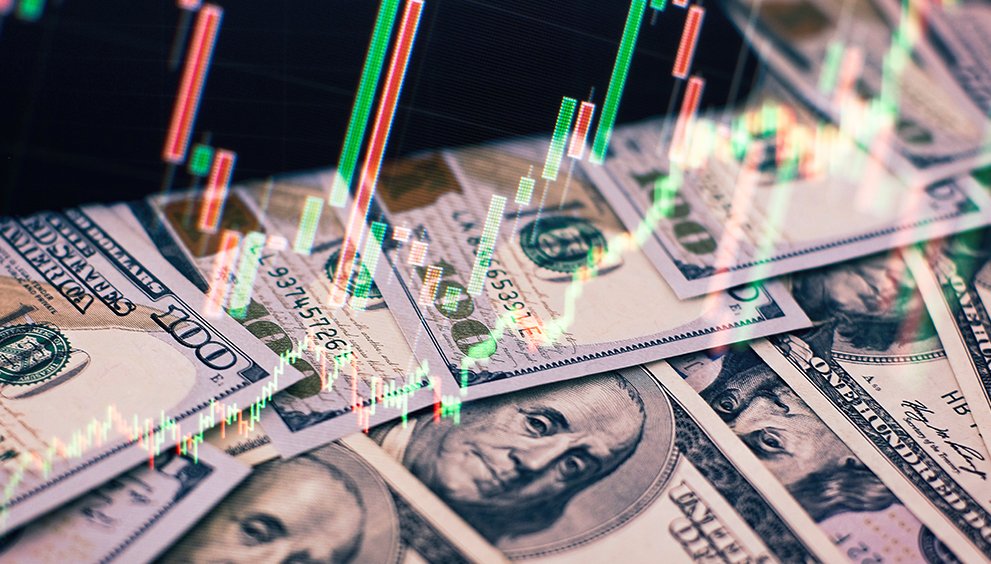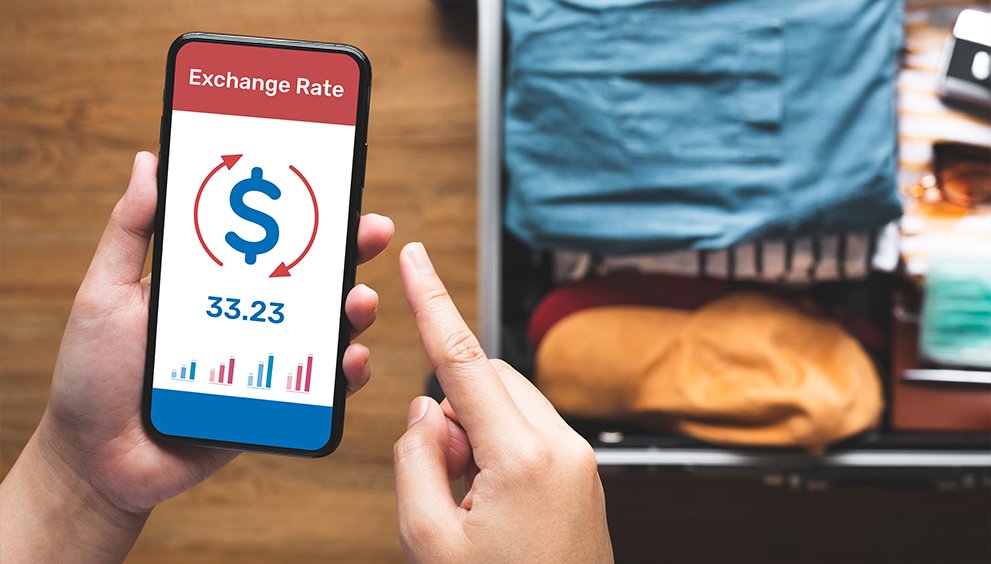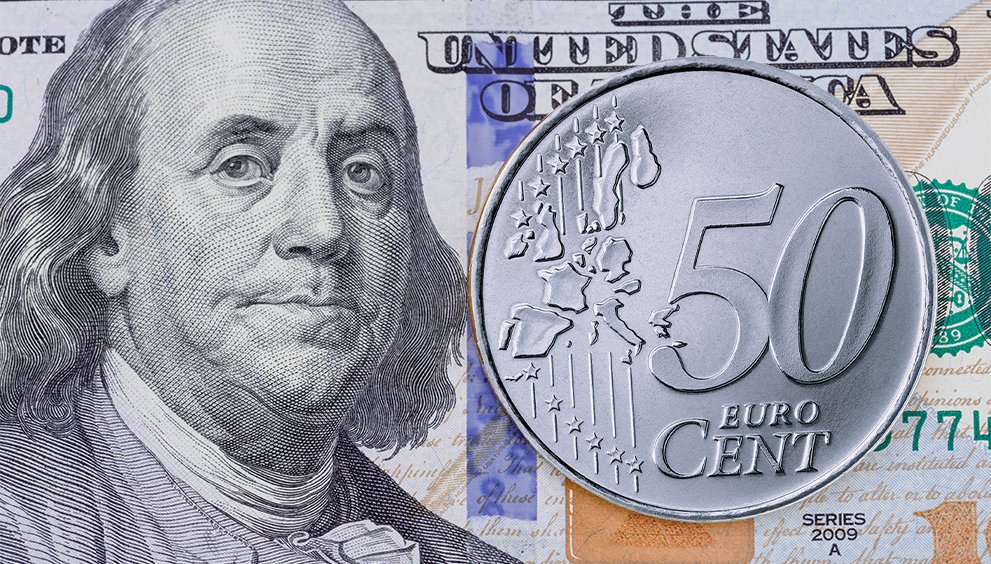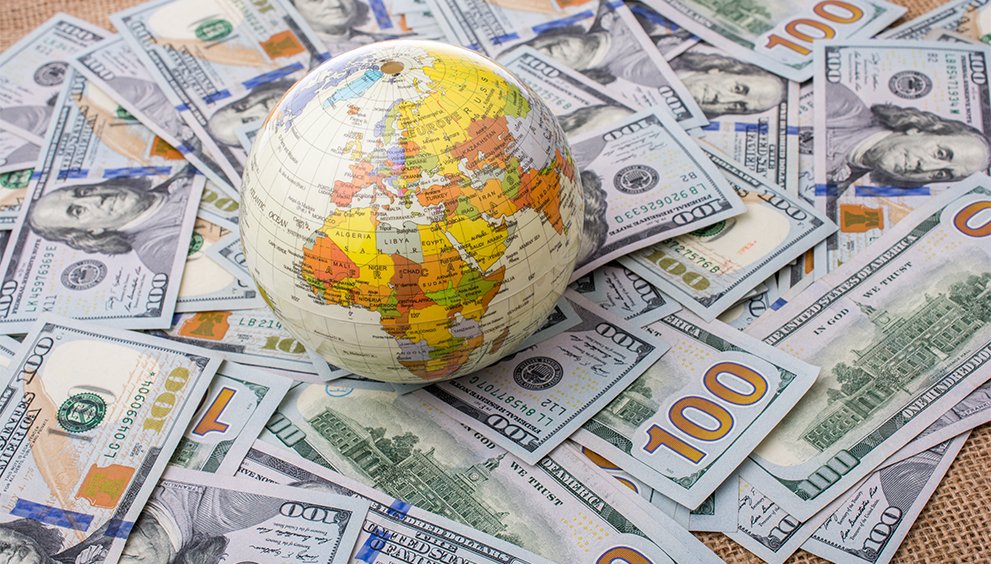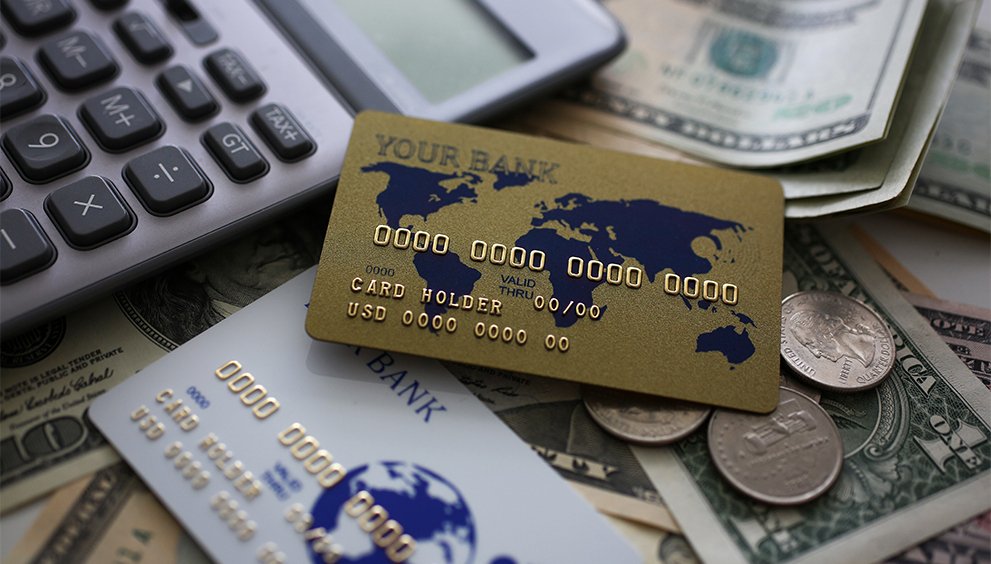Why Forex Rates Vary Between Different Providers, Such as Banks & Information Websites

Forex rates, or foreign exchange rates, dictate the value of one currency against another. If you’ve ever exchanged money, you’ve likely noticed that rates vary across banks, financial institutions, and online platforms.
But why?
In this article, we’ll uncover the factors behind these discrepancies, explore how rates are determined, and provide actionable tips to navigate the forex landscape effectively.
What Are Forex Rates?
Forex rates represent the price at which one currency can be exchanged for another. For example, if the USD/EUR rate is 0.85, you would receive €0.85 for every $1 exchanged. These rates impact businesses, travellers, and investors, influencing international trade and economic activities. Exchange rates aren’t static. They fluctuate due to numerous factors, such as market demand and geopolitical events, making it crucial to understand their dynamics.
How Forex Rates Are Determined?
The forces of supply and demand primarily shape forex rates. When a currency is in high demand, its value rises relative to others. Conversely, a surplus decreases its value. Factors influencing demand include:
- Economic indicators like GDP and unemployment rates
- Central bank policies
- Political stability and global events
In the forex market, traders speculate on currency pairs, further driving rate changes. These shifts are then reflected in the rates offered by banks and online platforms, albeit with some variation.
Key Players in Forex Rate Provision
The foreign exchange (forex) market is the largest and most liquid financial market in the world, with trillions of dollars traded daily. For anyone involved in international transactions—be it businesses, investors, or individuals—understanding who provides forex rates and how they are determined is crucial. As we know, forex rates can vary significantly depending on the provider and their approach to pricing.
Banks as Forex Providers
Banks play a central role in forex transactions, offering exchange rates based on interbank market rates—the rates at which they trade among themselves. However, banks add margins or markups to these rates, increasing the cost for retail customers.
Why do they charge more? Banks often include operational costs and risk management fees in their rates. Additionally, their monopoly in certain regions allows them to command higher fees.
Information Websites for Forex Rates
Information websites like XE or OANDA provide indicative forex rates. These platforms aggregate data from various sources to offer mid-market rates—essentially the average of buy and sell rates in the interbank market.
Are these rates transactional?
While these rates are helpful for reference, they’re not transactional. When converting currency, expect a slight difference due to added margins or fees by the service provider.
Understanding the key players in forex rate provision helps you make informed decisions about currency conversion, ensuring you get the most value for your money. Whether you rely on banks or refer to information websites, being aware of the margins and fees involved is the first step to optimising your forex transactions.
Factors Causing Variation in Forex Rates
The foreign exchange market is dynamic, with currency rates influenced by a variety of factors. Understanding these factors can help individuals and businesses make informed decisions when converting currency.
Interbank Rates vs Retail Rates
Interbank rates are the purest form of forex rates, reflecting real-time currency values. Retail rates, however, include markups and service fees, leading to noticeable differences. For instance, banks typically charge 1-3% above the interbank rate, which may significantly impact large transactions.
Market Volatility and Real-Time Updates
Forex rates are highly sensitive to global events. A geopolitical crisis or a central bank’s interest rate decision can cause rapid fluctuations. Banks usually update their rates in real-time, but websites might experience delays, leading to discrepancies.
Fees and Hidden Charges
Banks often impose conversion fees, commissions, and spreads (the difference between buy and sell rates). These costs are less transparent than websites, which typically highlight mid-market rates.
Comparing Banks and Information Websites
When choosing a forex rate provider, understanding the differences between banks and information websites is essential. Both options come with distinct advantages and limitations that can impact the cost and convenience of your international transactions.
Pros and Cons of Using Banks
Advantages
- Secure and Reliable Transactions:
Banks are highly regulated and trusted institutions, ensuring that your money is handled securely and responsibly during forex transactions. - Additional Services:
Banks often offer complementary services, such as multi-currency accounts or integrated payment solutions, which can be convenient for businesses and frequent travellers.
Disadvantages
- Higher Fees and Less Competitive Rates:
Banks typically add significant markups to interbank rates, alongside service fees and commissions, making them more expensive for currency exchange. - Slower Updates:
While banks provide secure services, their exchange rates may not be as up-to-date as those on online platforms, especially during periods of high market volatility.
Pros and Cons of Using Information Websites
Benefits
- Easy Access to Real-Time Data:
Platforms like Wise or Revolut provide quick and convenient access to real-time forex rates, allowing users to track market trends effortlessly. - Transparent Mid-Market Rates:
Information websites display mid-market rates, giving users a clearer picture of the average buy and sell prices in the market.
Limitations
- Rates Might Not Reflect Transaction Costs:
While these websites show transparent rates, they often exclude additional fees or markups that you might incur during an actual transaction. - Not Suitable for Immediate Transactions:
Information websites serve as reference tools and do not facilitate direct currency exchanges, making them less practical for urgent transfers
The Role of Technology in Forex Rate Differences
Use of Automated Systems
Modern banks and websites rely heavily on technology to determine and update forex rates. Automated systems powered by algorithms monitor interbank trading data, market trends, and global news to provide updated rates. These systems enable real-time adjustments, ensuring accuracy for high-frequency traders and institutions.
However, the level of sophistication varies. Banks often have proprietary systems with direct access to interbank data, while websites may rely on third-party APIs. This difference can lead to variations in the rates displayed.
Differences in Data Sources
Banks typically use proprietary or restricted data directly sourced from interbank markets. On the other hand, websites aggregate data from multiple providers. While this ensures transparency, it may also introduce inconsistencies, especially during market volatility.
For instance, during a major economic event, banks may have access to instant updates, while websites may show a lag of a few seconds or minutes. This delay can result in rate discrepancies.
How to Get the Best Forex Rates
Strategies for Individuals
For individuals looking to exchange currency, a little research can go a long way in securing better rates. Here are some tips:
- Compare Providers: Use online tools to compare rates across banks, online platforms, and forex bureaus.
- Plan Ahead: Avoid last-minute currency exchanges, especially at airports where rates are notoriously high.
- Use Online Platforms: Platforms like Currency Solutions, Revolut often provide competitive rates with minimal fees. Timing also matters. Currency markets fluctuate throughout the day, so monitoring trends can help you capitalise on favourable rates.
Tips for Businesses
Businesses engaged in international trade face unique challenges. To mitigate forex risks and secure better rates, consider the following:
- Forward Contracts: Lock in exchange rates for future transactions to avoid market volatility.
- Dedicated Forex Specialists: Partner with professionals who can provide insights and negotiate better rates.
- Hedging Strategies: Use financial instruments like options or futures to protect against adverse rate movements. These strategies save money and offer predictability, which is critical for long-term planning.
Real-Life Scenarios of Rate Variation
Examples of Bank Transactions vs Online Conversions
Imagine exchanging $1,000 into euros:
- Bank Rate: 1 USD = 0.82 EUR, with a 2% fee. You receive €802 after fees.
- Online Platform Rate: 1 USD = 0.84 EUR, with a 0.5% fee. You receive €835 after fees.
The €33 difference highlights how fees and rates significantly impact the final amount, especially for larger transactions.
How Economic News Impacts Rates on Different Platforms
Consider a scenario where a central bank announces a surprise interest rate hike. This event often causes rapid currency value changes. Banks with direct interbank access may adjust their rates within seconds. Meanwhile, websites might take longer to reflect these changes, creating a temporary display rate gap.
Such differences underline the importance of choosing the right platform based on urgency and purpose.
Conclusion
Forex rates vary significantly between banks and information websites due to factors like data sources, market volatility, and operational costs. Banks provide secure transactions but often include higher fees, while websites offer transparency and competitive rates for reference purposes. Understanding these nuances is crucial for making informed decisions, whether you’re a traveller, a trader, or a business owner.
By comparing rates, leveraging technology, and employing strategic planning, you can confidently navigate the complex world of forex.
FAQs
- Why are banks’ forex rates higher than online platforms?
Banks often add markups, service fees, and operational costs to their rates, making them higher than online platforms offering mid-market rates. - Can information websites be trusted for accurate forex rates?
Yes, but they provide indicative mid-market rates, not the exact rates you’ll receive during transactions, which may include additional fees. - How do economic events affect forex rates on different platforms?
Economic events like interest rate changes or geopolitical tensions cause immediate rate fluctuations. Banks usually reflect these changes faster than information websites. - Are there hidden fees when exchanging currency at banks?
Yes, banks often charge hidden fees like conversion fees or higher spreads, which may not be explicitly stated upfront. - What tools can help me find the best forex rates?
Online comparison tools, forex apps, and platforms like Revolut are excellent resources for finding competitive forex rates.


 English
English 







